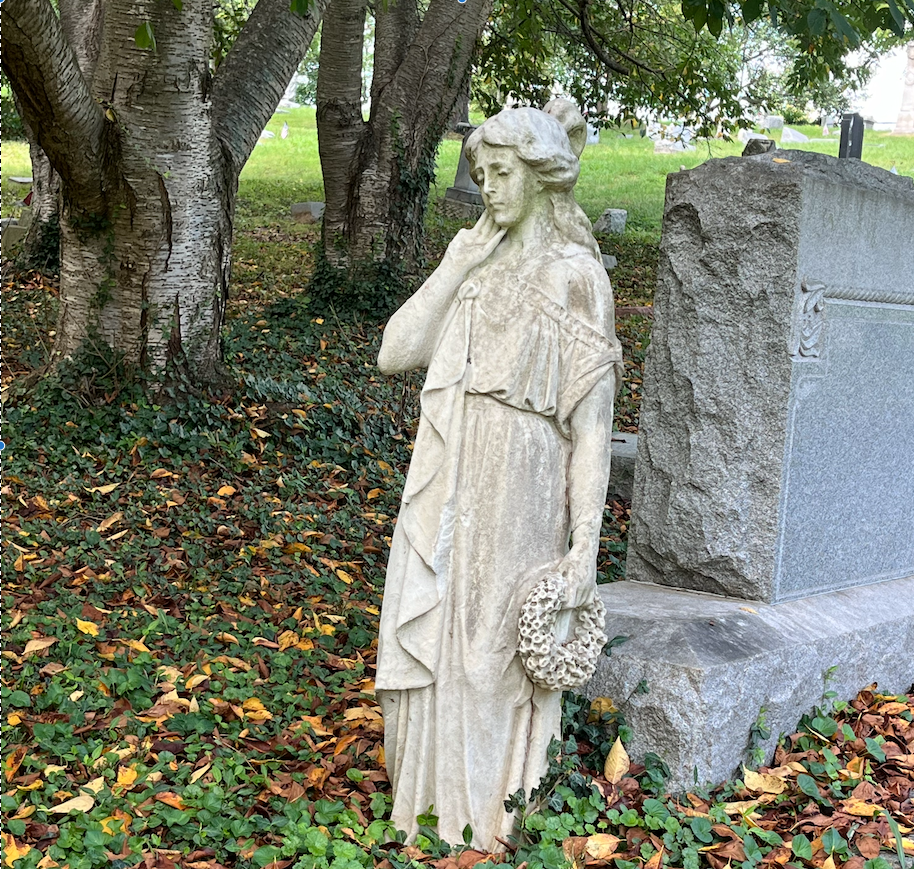The gravestone, a silent sentinel in the landscape of human memory, has evolved significantly over centuries, reflecting changes in culture, technology, and societal values. This article delves into the history of gravestone makers, tracing the evolution of this somber craft from ancient times to the modern era.
Ancient Beginnings: The practice of marking graves dates back to prehistoric times. Early gravestones were simple, often just piles of stones or earth mounds. However, as societies developed, so did their methods of memorialization:
- Egyptian Civilization: Known for their elaborate tombs, Egyptians used stelae, upright stone slabs, to mark graves. These were often inscribed with hieroglyphs detailing the deceased’s life and afterlife wishes.
- Greece and Rome: The Greeks and Romans introduced more artistic gravestones, with sculptures and reliefs depicting scenes from mythology or the deceased’s life. Marble and limestone were common materials, chosen for their durability and the ability to be carved intricately.
Medieval Europe: In the Middle Ages, gravestones became more religious:
- Christian Symbolism: Crosses, angels, and scenes from the Bible became prevalent. Materials like slate and sandstone were used, often due to availability and cost.
- Craftsmanship: Gravestone making was a skilled craft, with masons often doubling as artists. The Black Death led to a surge in gravestone production, with motifs like skulls and hourglasses symbolizing mortality.
The Renaissance and Beyond: The Renaissance brought a revival of classical art forms:
- Artistic Flourish: Gravestones saw more elaborate designs, with epitaphs in Latin or Greek, and figures sculpted in high relief.
- Materials: Marble and granite became more popular, allowing for finer detail and lasting memorials.
19th Century Innovations: The Industrial Revolution transformed gravestone making:
- Mass Production: With the advent of machinery, gravestones could be mass-produced, leading to uniformity but also allowing for more affordable memorials.
- New Materials: Cast iron, zinc, and later, bronze, were used for more durable and weather-resistant markers.
- Victorian Era: This period saw an explosion in sentimentality. Gravestones often featured weeping willows, urns, and angels, reflecting the era’s romanticism and mourning culture.
20th Century and Modern Times: The 20th century brought both simplicity and innovation:
- World Wars: The scale of loss led to standardized military headstones, emphasizing equality in death.
- Modern Materials: Concrete, glass, and even digital markers have emerged. Laser engraving has replaced much of the hand-carving, allowing for intricate designs at a lower cost.
- Environmental and Cultural Shifts: There’s a growing trend towards eco-friendly markers, like biodegradable materials or memorial trees, reflecting a shift towards sustainability.
Cultural Significance: Gravestones are more than markers; they are cultural artifacts:
- Social Status: Historically, the size and opulence of a gravestone could indicate the wealth or status of the deceased.
- Art and Architecture: Gravestones often reflect the architectural and artistic trends of their time, from Gothic to Art Deco.
- Memorialization: They serve as a way for societies to remember, honor, and sometimes, warn future generations about mortality.
Conclusion: The history of gravestone makers is a rich tapestry woven with threads of art, technology, and human emotion. From simple stones to elaborate monuments, these markers tell a story not just of death but of life, culture, and the human desire to be remembered. As we continue into the future, the evolution of gravestone making will undoubtedly reflect our changing values, technologies, and perhaps, our understanding of what it means to leave a legacy.

